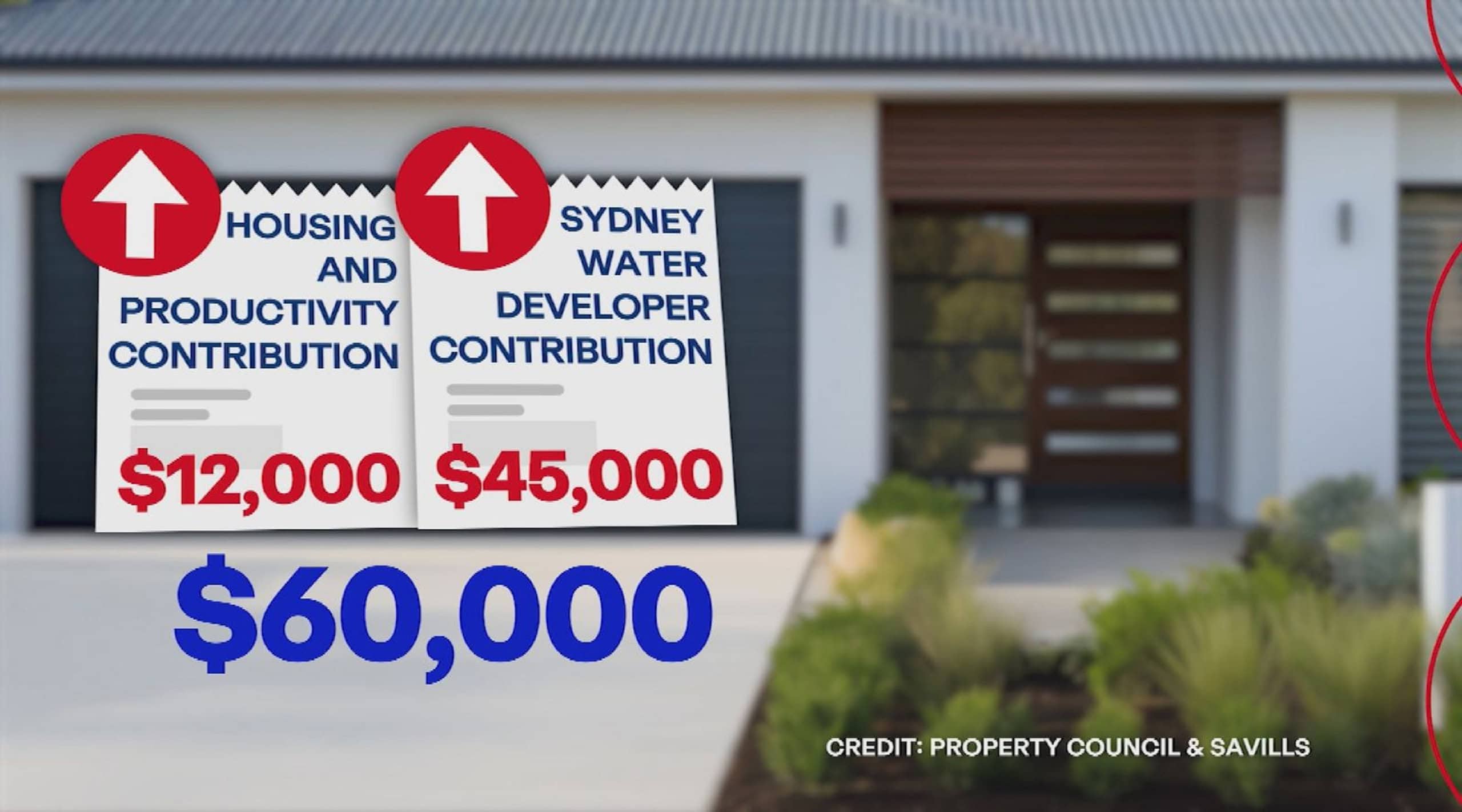Industry Pleads For Reprieve From Taxes & Charges

A major new report from the Property Council of Australia details the complexity and cost of construction in NSW, warning that further contributions proposed by the state government will be a disaster.
Anyone who has opened the property pages or watched the evening news over the past few months would have witnessed a parade of industry experts and economists talking about Australia’s housing crisis.
Political leaders, both state and federal, were shamed into action in 2023 as property prices soared beyond the reach of ordinary families – and finding somewhere habitable to rent became an impossibility.
The housing crisis has hit Sydney particularly hard, with many young people fearing that they will be permanently locked out of the market.
Sydney is now ranked as one of the most unaffordable cities on the planet, ahead of London, New York and Paris. The chronic lack of affordable property could be wiping $10 billion a year from the local economy as talent, creativity and innovation moves elsewhere. [1]
The NSW Productivity Commission estimates that about 70,000 people aged between 30 and 40 left the city between 2016 and 2021.
Earlier this year, productivity commissioner Peter Achterstraat warned the NSW government that the lack of affordable housing was driving this key group of people out of Sydney – with dire consequences.
“Sydney is losing its 30- to 40-year-olds,” he said. “If we don’t act, we could become known as the city with no grandchildren.” [2]
But a damning new report by Savills, commissioned by the Property Council of Australia, shows that rather than moving to alleviate Sydney’s housing crisis the state government is making life even harder for developers – and driving up the price of new property even further.
“There is broad consensus among experts that the best way to improve housing affordability is to increase supply,” says the report. “However, there are significant barriers in place constraining the development sector’s ability to bring desperately needed homes to market.”. [3]
Among the new taxes facing developers in NSW are Sydney Water developer contributions (up to $45,000 per house) and Housing Productivity Contributions or HPC ($12,000 per house).
“Many councils also increased their taxes and charges applied to residential projects,” says the report. “With some councils charging over $60,000 per house.”
Rather than cutting red tape and lowering the barriers for new housing developments, the Minns Government in New South Wales is doing precisely the reverse – with even more taxes and charges planned.
According to the report the residential developments in NSW can attract up to 15 different charges and taxes, which collectively reduce the feasibility of new developments across Sydney, the Illawarra, the Lower Hunter and the Central Coast (known as the Six Cities region).
“Historically, taxes and charges were limited to Stamp Duty, Section 7.11 and GST, however the introduction of new and increasing taxes and charges such as HPC and Sydney Water Development contributions are reducing the viability of residential developments across the Six Cities region,” it concludes.
If allowed to proceed these new taxes and charges will make up over 30% of a new home in the Western Parkland City area by 2026 – meaning that homebuyers in Sydney’s west will be paying around $500,000 in government taxes on a median $1.6 million house.
To ensure that developers are able to meet the demand for new housing in the Six Cities, the Property Council of Australia is calling on the state government to impose a moratorium on all new property taxes and charges.
“New housing will only be developed if it is feasible for developers, banks and occupiers,” concludes the report. “Given that most developers need to borrow money to fund new development, banks and financiers also want to ensure they will be repaid.
The Property Council says that by fast-tracking approvals and abolishing the proposed new taxes and charges, the state government could dramatically lift new housing output – adding a further 190,000 new homes across Sydney by 2029.
“It is often taking longer to get a new apartment or greenfield site approved than it takes to build it,” says the property council. “Long development approval timeframes in some council areas … are adding years and substantial costs to projects.”
Sources:
[1] The Guardian
[2] Australian Financial Review
[3] Release The Pressure: Alleviating taxes and charges to build new homes (The Property Council of Australia)